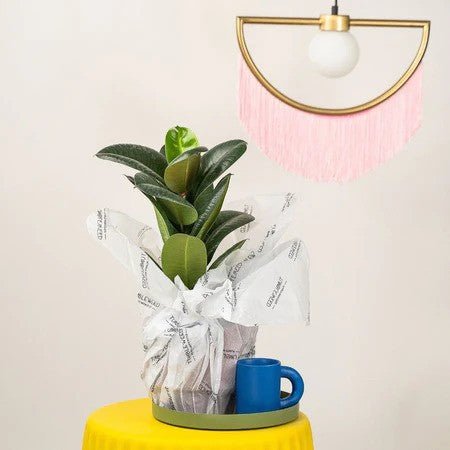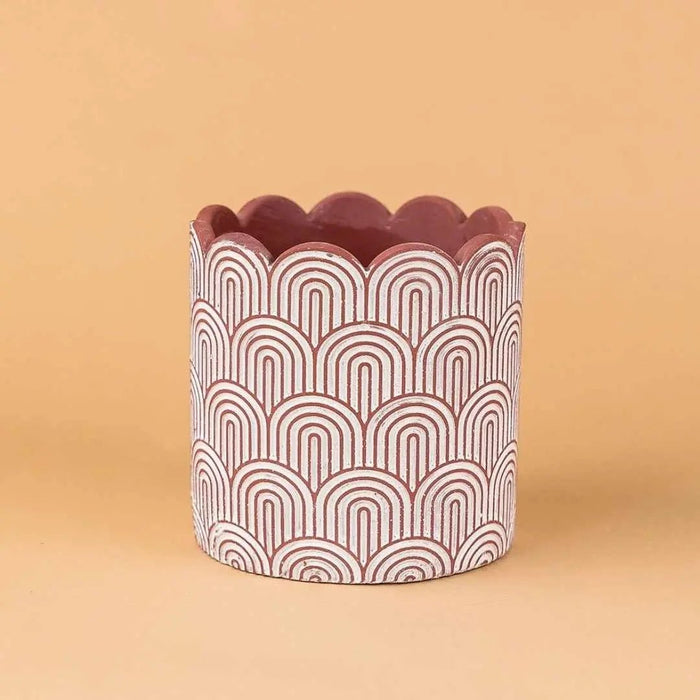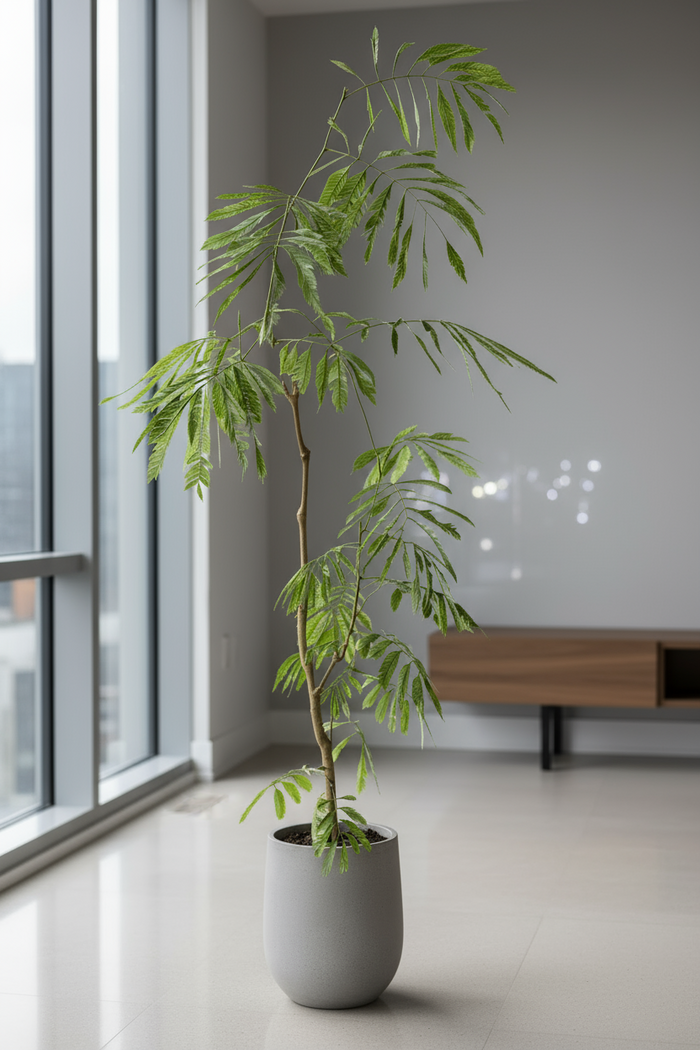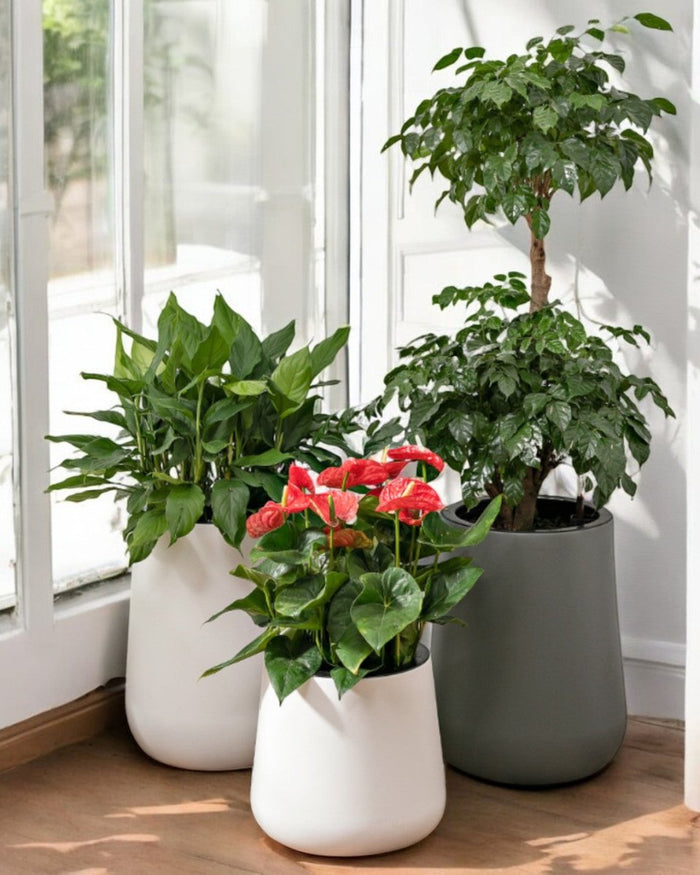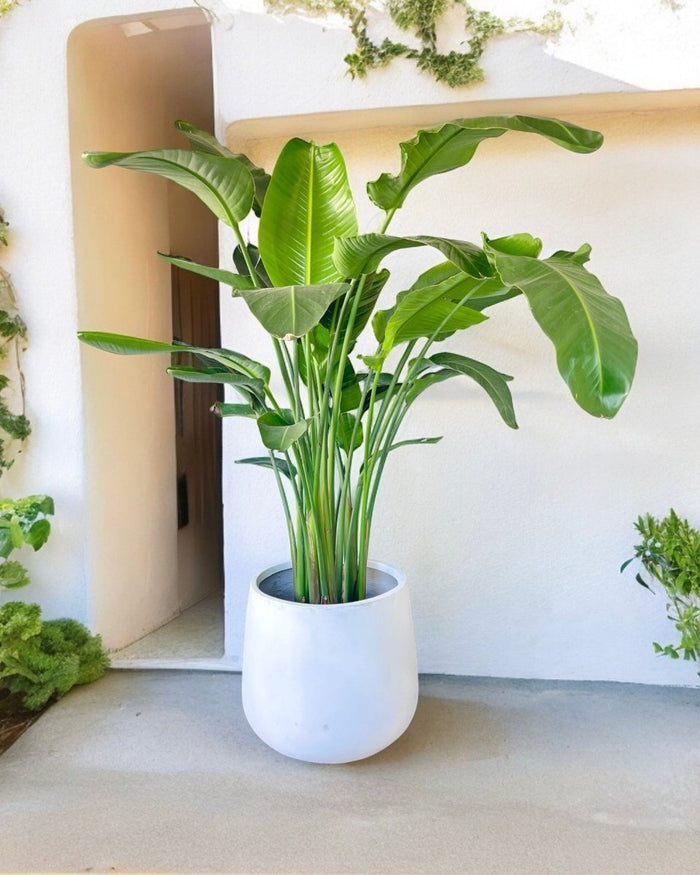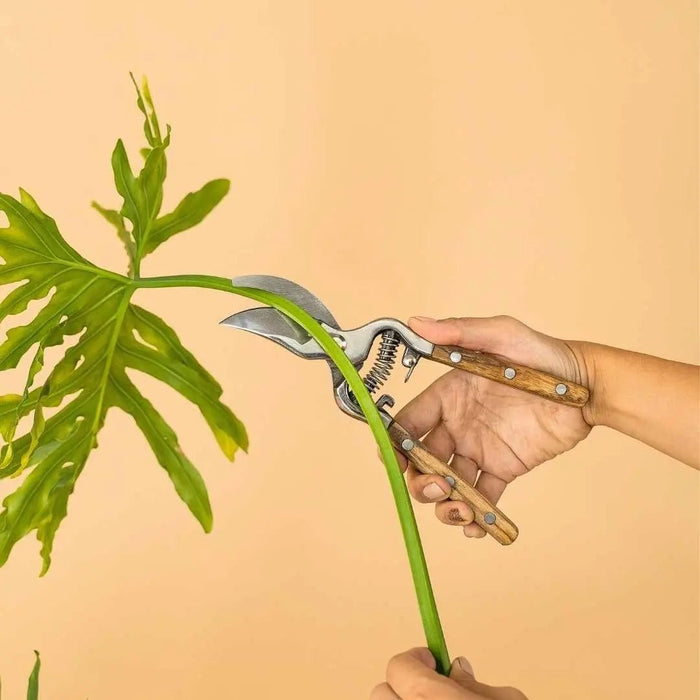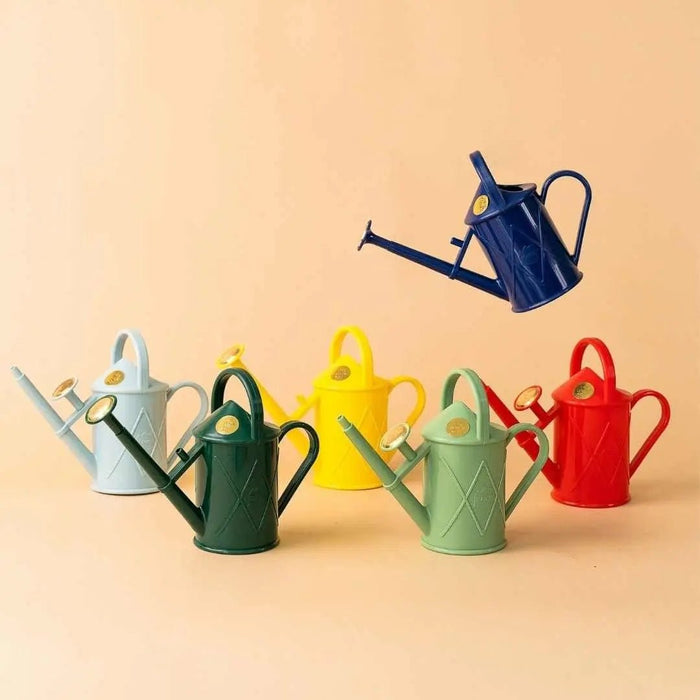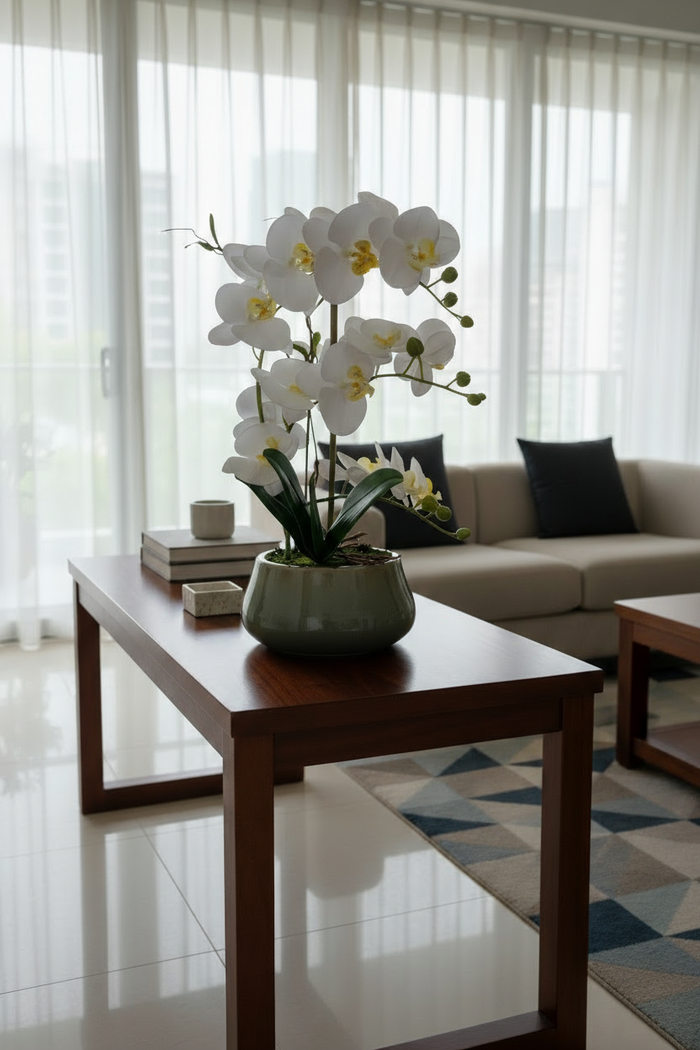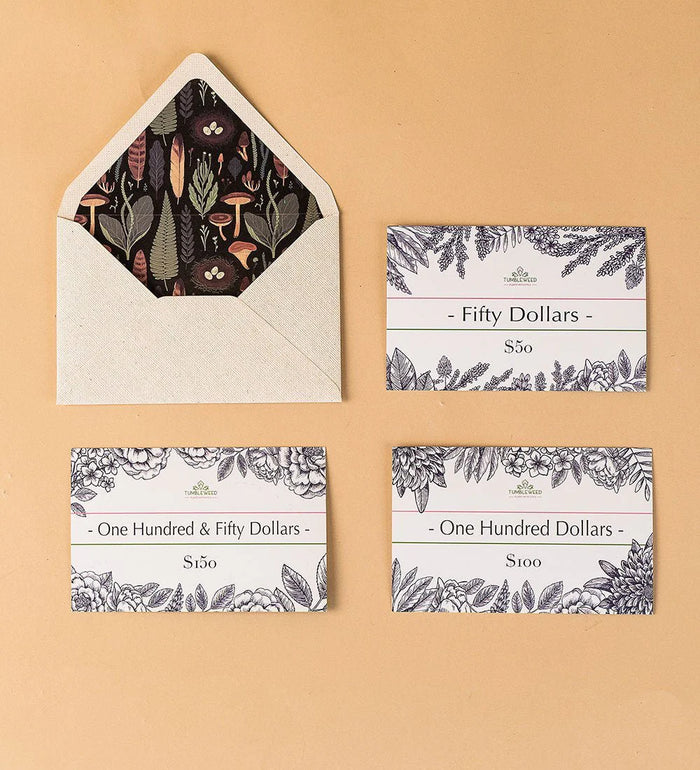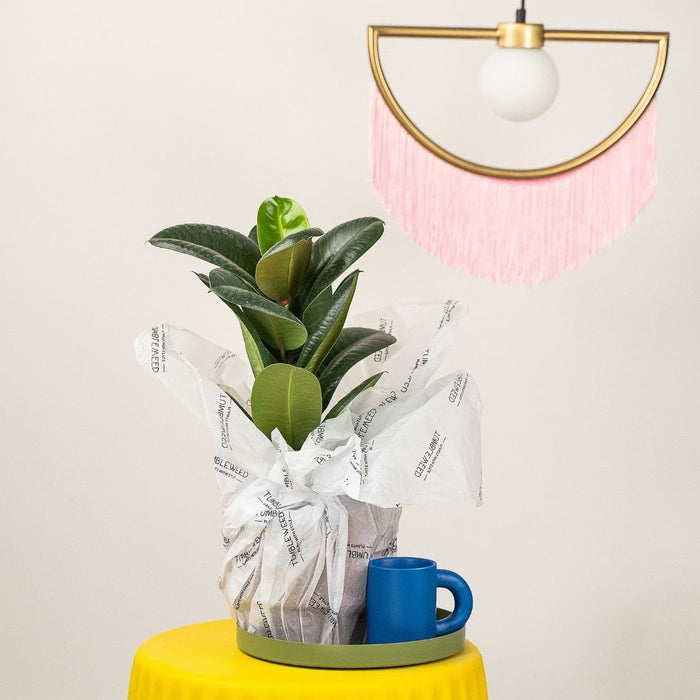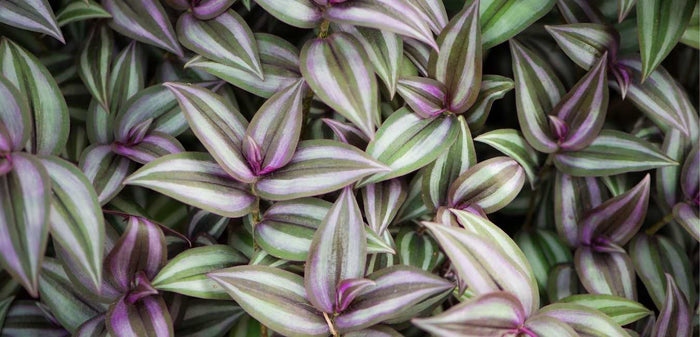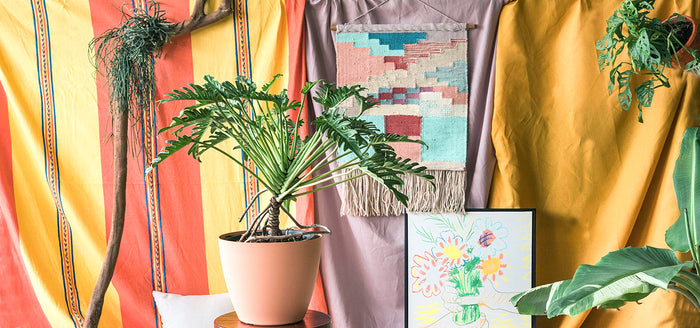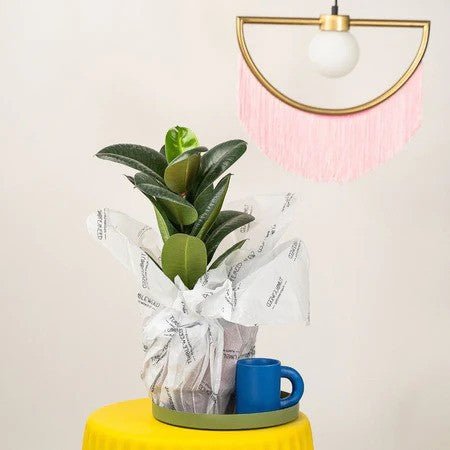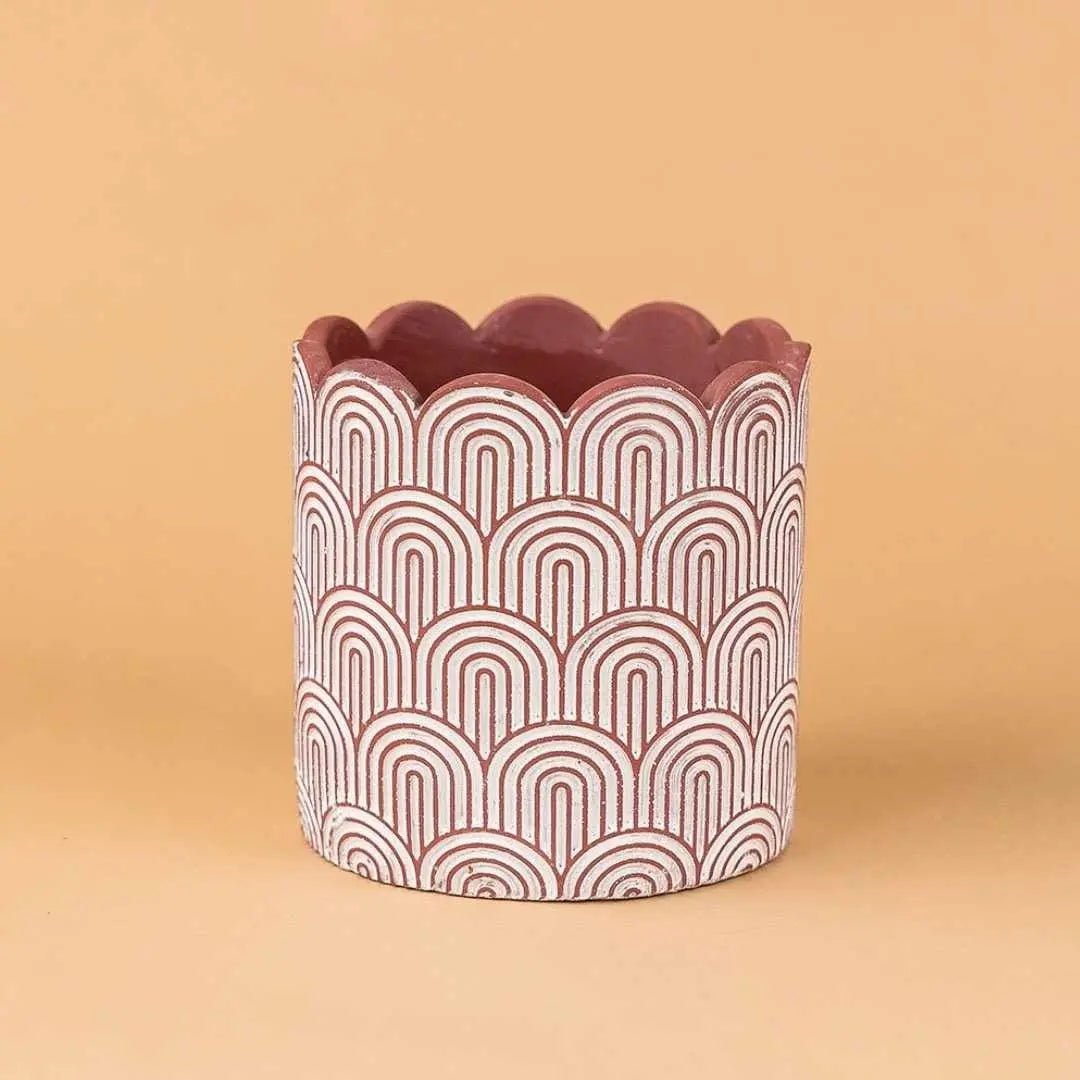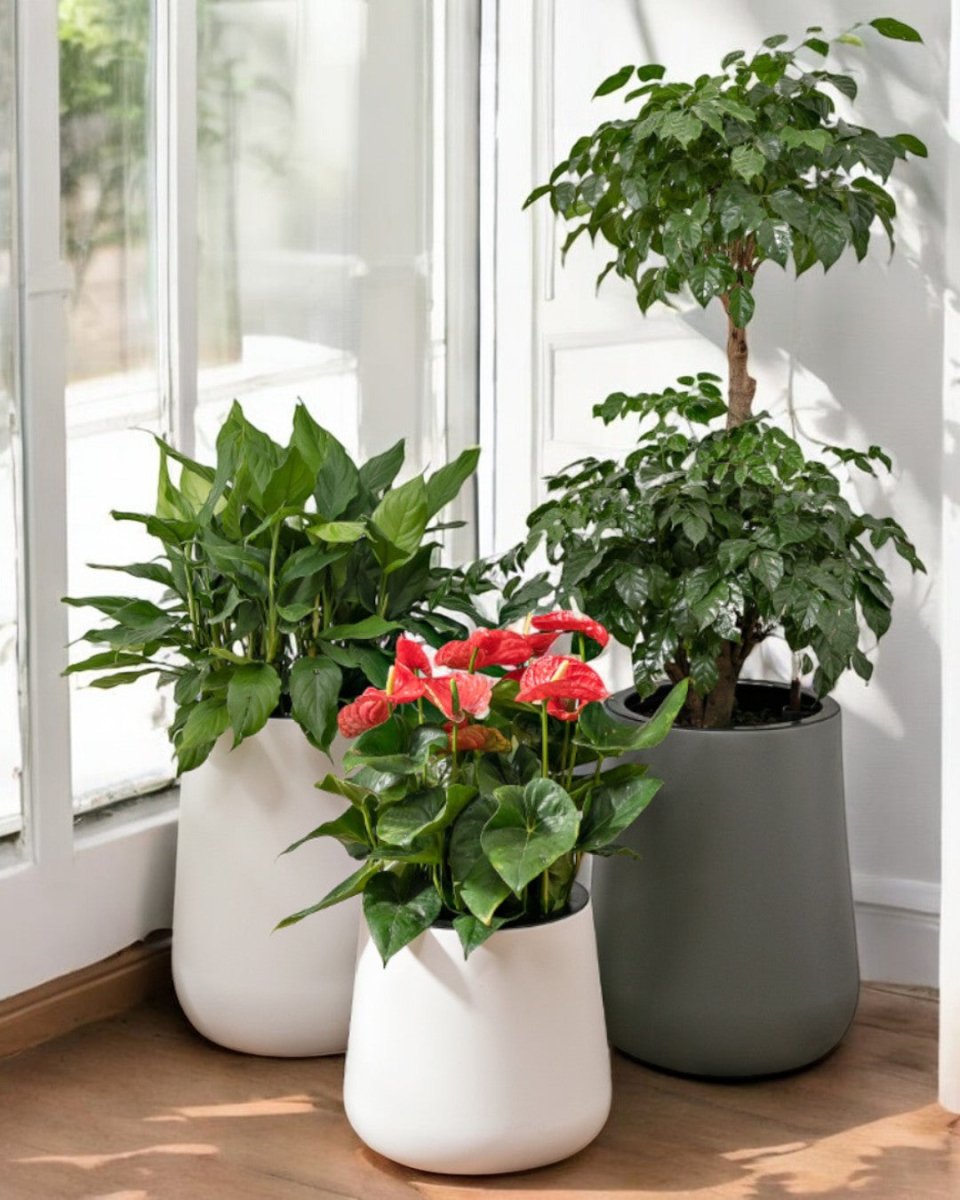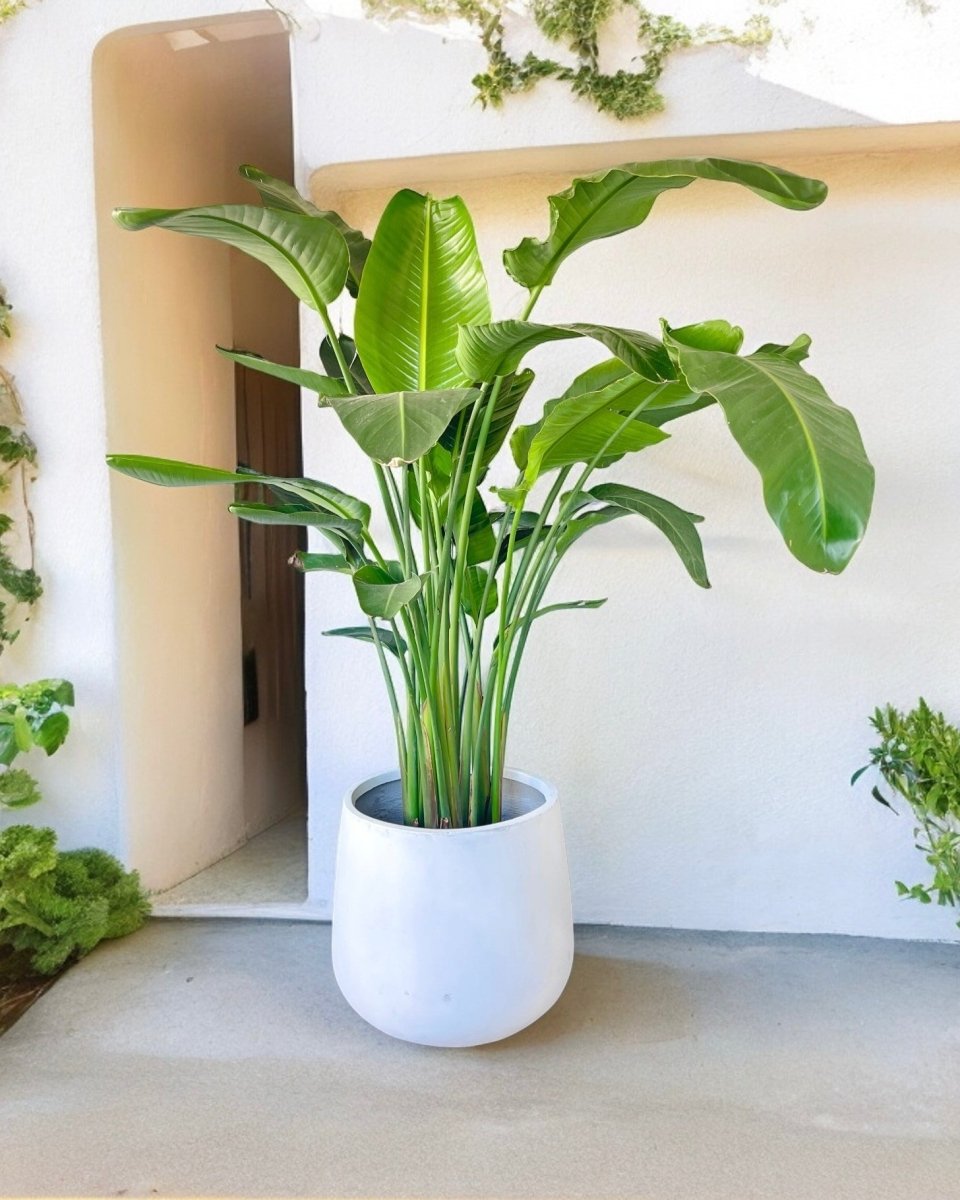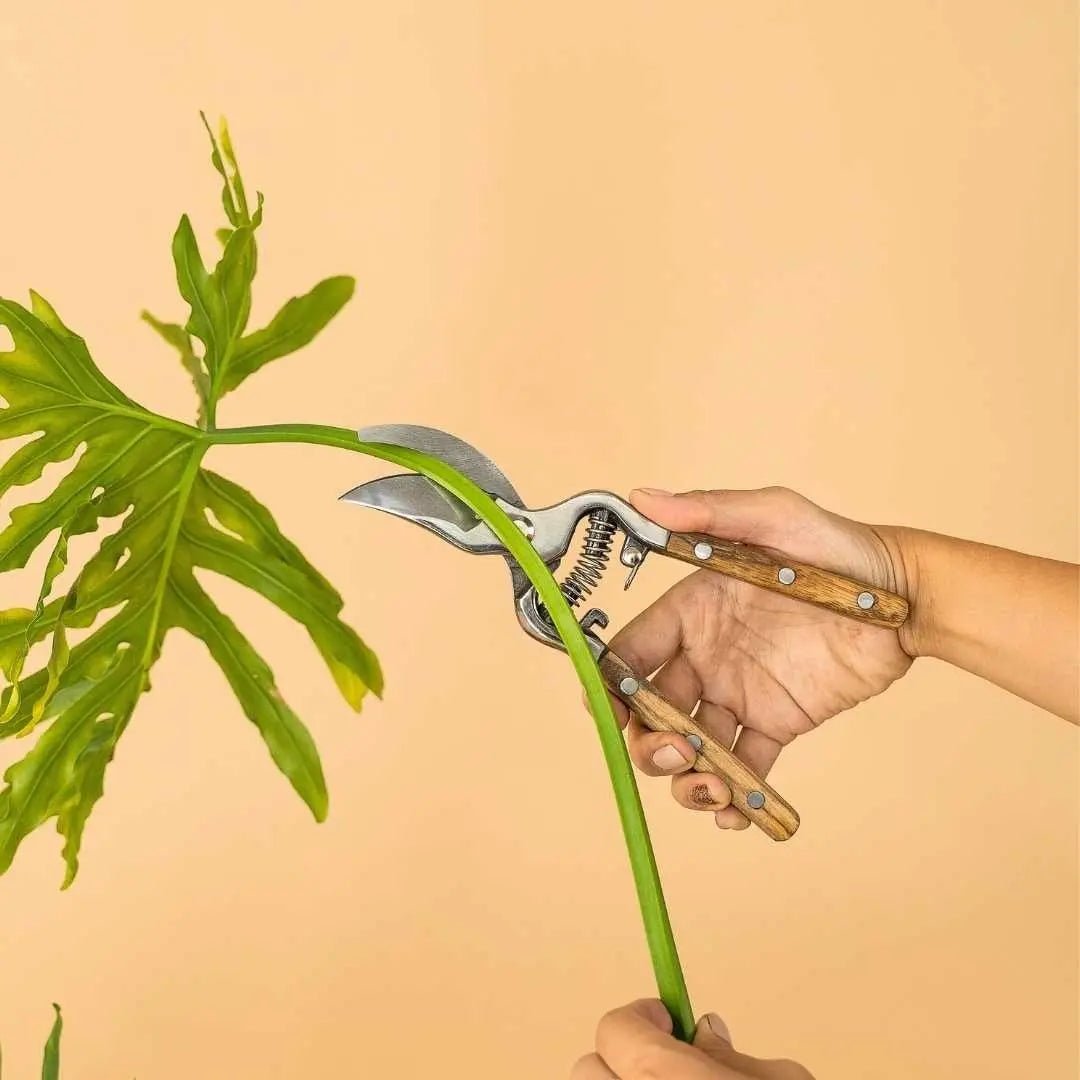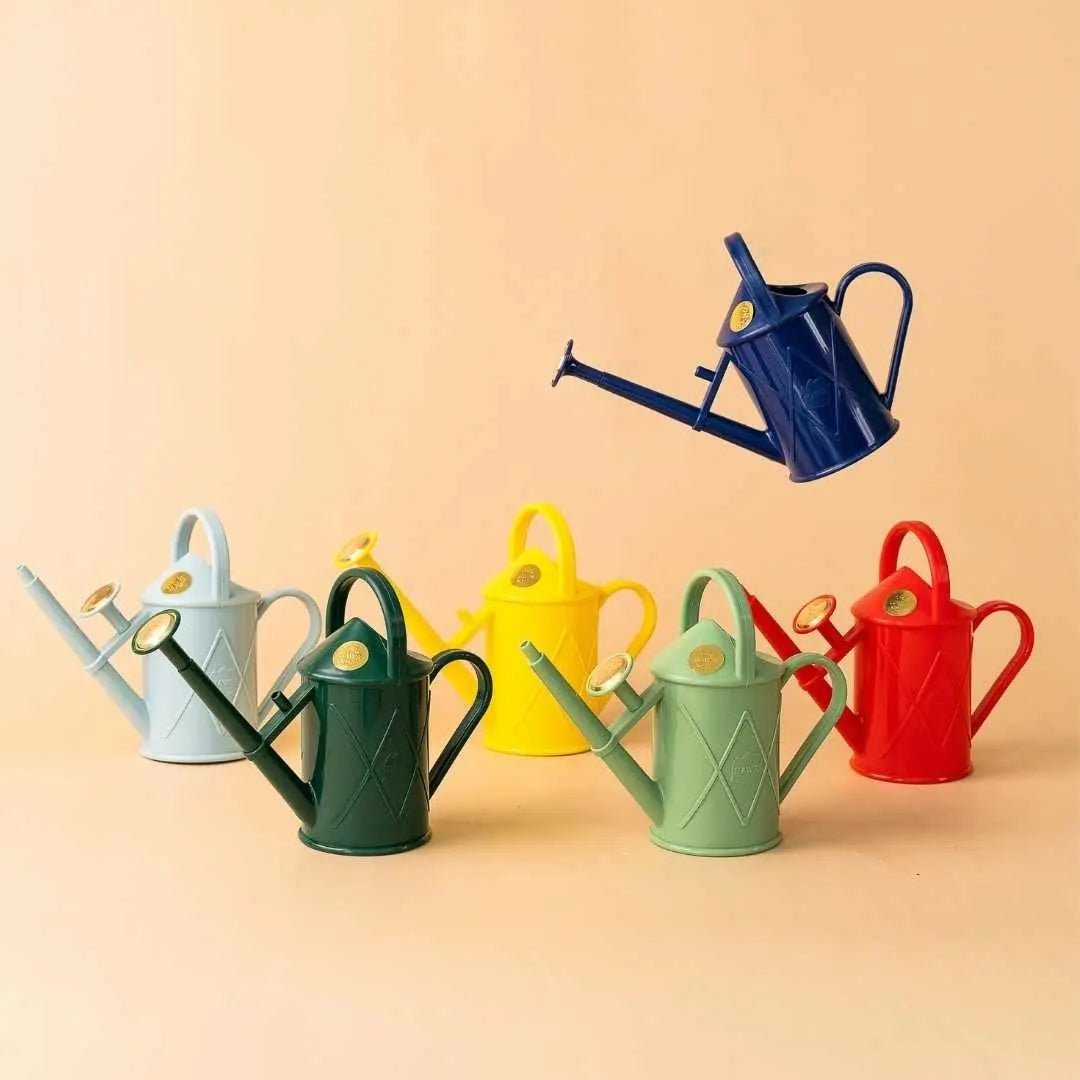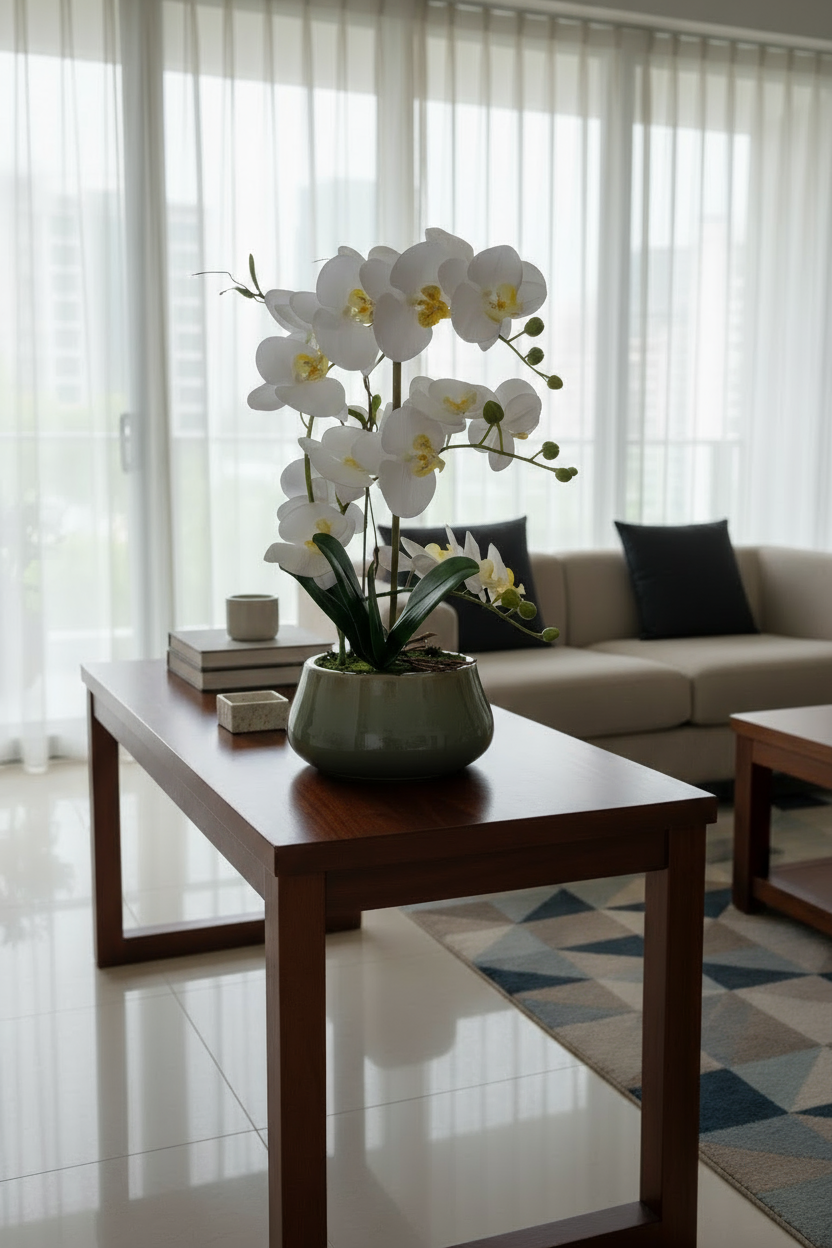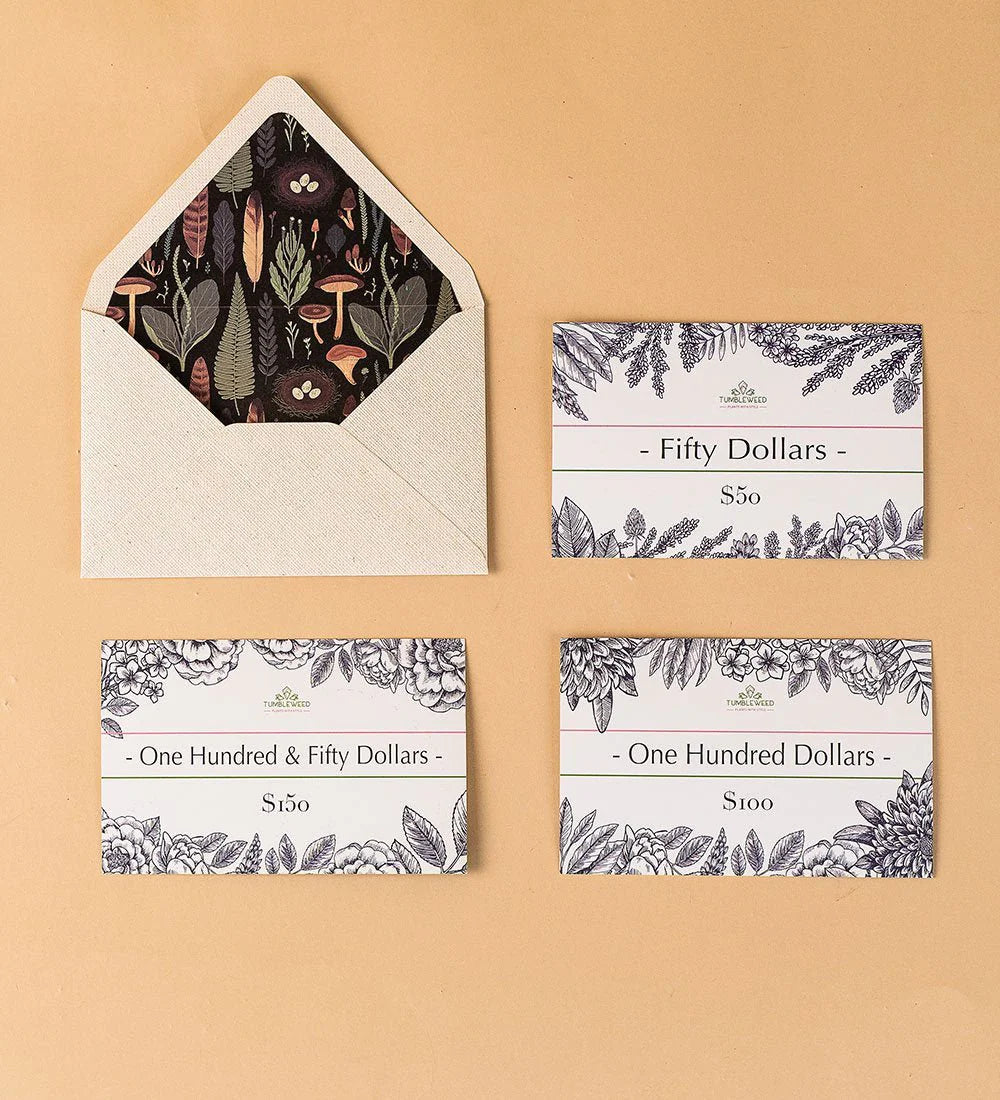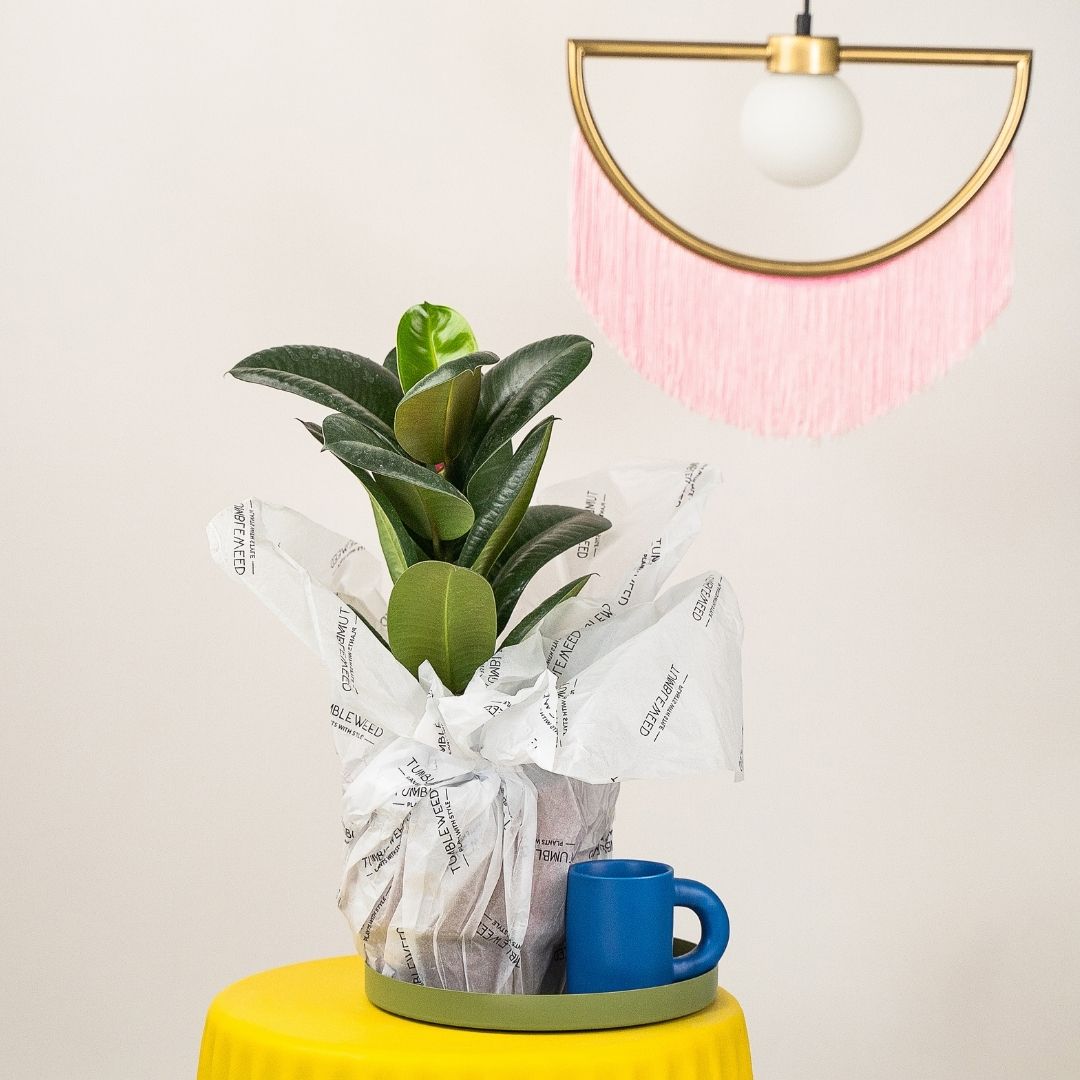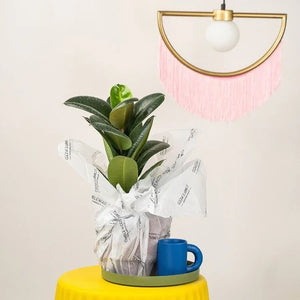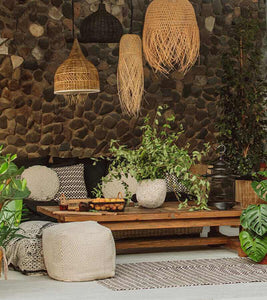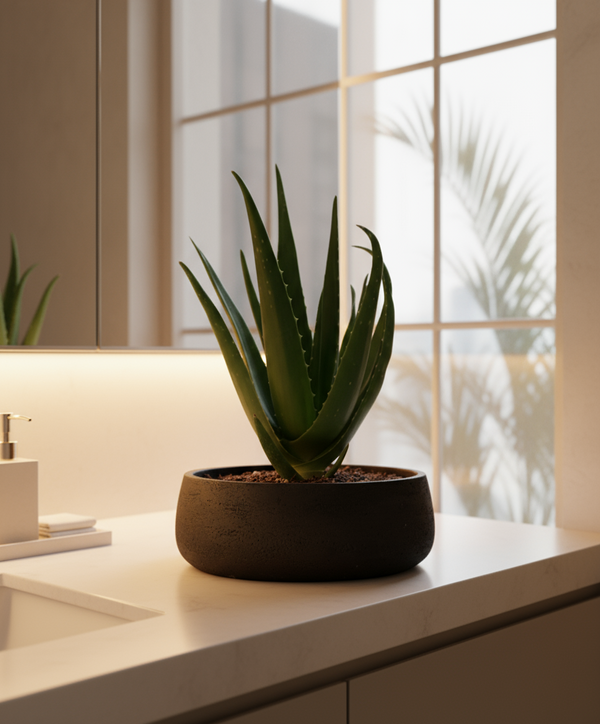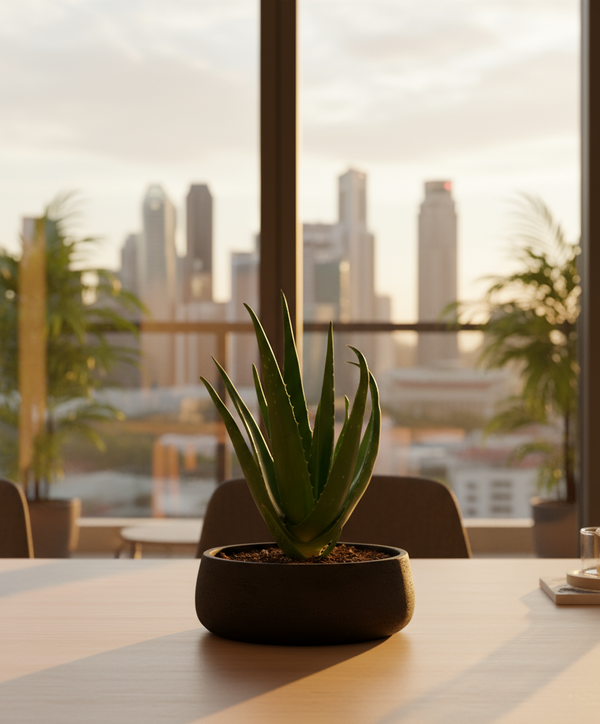These once deserted plants have now become a household name. Succulents became a craze in recent years and continue to be popular with their amazing range of shapes, colours and styles.
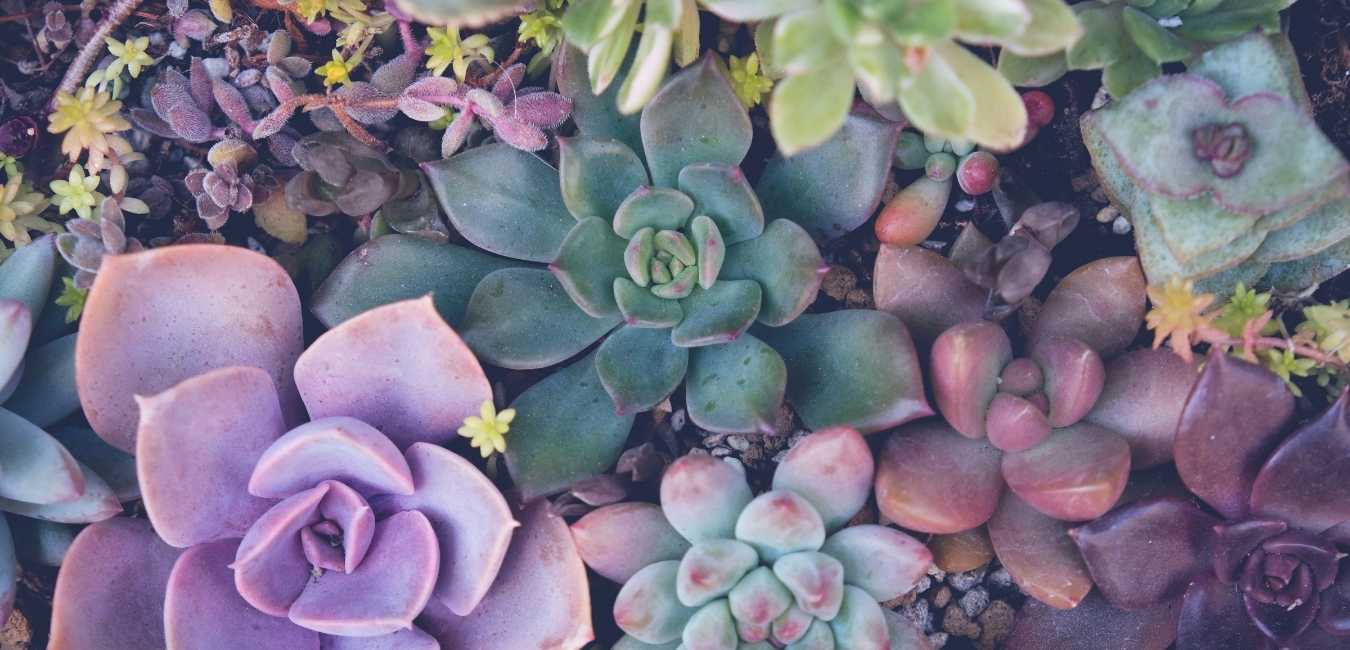
Succulents: Information and Plant Care Guide
Varieties from our listing
Interested to buy a plant from this group?
See what we have available HERE
Below is a general care guide for Succulents which can slightly differ depending on variety.
Light & Temperature
Sufficient sunlight is vital for a succulent’s growth. Most species require 3-6 hours of direct sunlight per day. Place your succulent where it can receive plenty of sunlight, like a south or east-facing window. Succulents that don’t get ample sun may begin to stretch their leaves outward to reach for as much light as possible.
Since succulents are used to extreme temperature in their natural habitat, then majority can survive hot temperatures. Some of the more sensitive varieties should be placed in a more conservative temperature range. It is important to note that the temperature you keep your succulent in should be directly proportional to the amount of water it gets.
Watering, Humidity & Misting
Succulents don’t need excessive water due to their desert climate adaptations. The general rule of thumb is to allow their soil to completely dry out between waterings. Succulents are easily susceptible to root rot so avoid overwatering at all costs.
Once a month of watering will usually be enough but if the environment is very hot and the plant has a good drainage system, it may need to be watered once every 2-3 weeks.
Soil and Repotting
Use a cactus mix that has efficient drainage.
Repotting requirements depend on the growth of your succulent. If the plant has outgrown its pot or needs warmer home, feel free to repot your succulent with utmost care.
Propagation
For most succulents, you will eventually see a new plant or little pup growing. Simply separate the roots and repot the new plant on its own.
Some succulents can be propagated by stem cutting. You can cut the stem with a sharp knife, take the plant head and allow it to scar over. It will soon develop roots and can be planted. From the base of the plant, little babies will start growing.
As for all other succulents, you can propagate them via leaf. Gently remove a mature leaf from the bottom of the plant by carefully twisting or wiggling it off. Leave it in a dry place for about 3-4 days then insert it in a fast-draining soil. Mist 1-2 times a week and you’ll eventually see roots and new plant growing.
Fertiliser
Succulents do not require a special fertiliser to grow. Use a balanced fertiliser formulated for houseplants. Follow the directions on the label of our Down to Earth. organic plant food.
Toxicity
Some succulents like Aloes are toxic if ingested and should be kept out of the reach of children and pets. Haworthias are non-toxic.
Possible Issues
Under the right care and conditions, your plant will grow happy and healthy. But here are some issues you may encounter while caring for a Succulent:
Mealybugs and gnats - When spotted, spray with rubbing alcohol and pour alcohol over the soil to kill any potential eggs. Make sure you are allowing soil to completely dry out to avoid gnats and other pests.
Mushy leaves or moulds - This is due to overwatering. Make sure the soil has totally dried out before watering the plant.
Shriveled leaves - This can be caused by too little water. Even if they are drought tolerant, succulents still need ample watering for healthy growth.
Color loss and etiolation - The plant is not getting enough light. Ensure that your succulent gets plenty of sunlight to keep it robust and vibrant.

